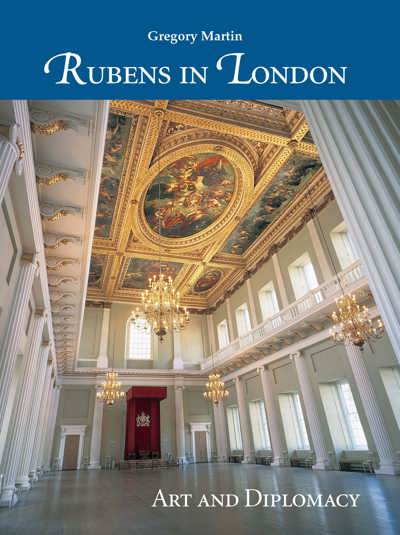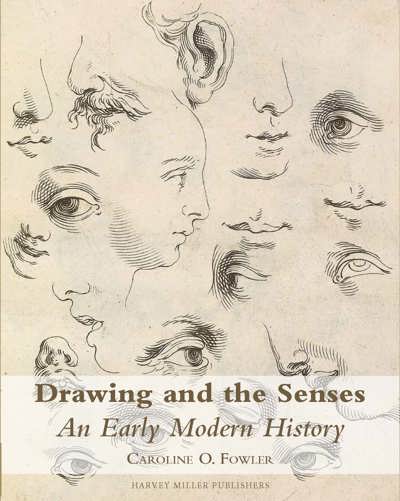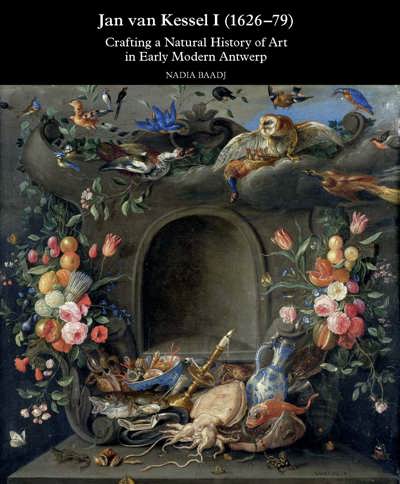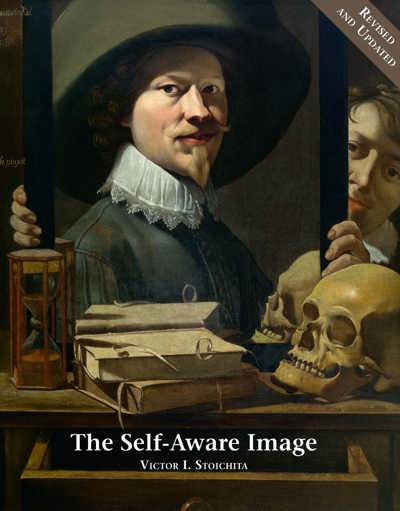
Drawing and the Senses: An Early Modern History
Caroline Fowler
- Pages: 178 p.
- Size:220 x 280 mm
- Illustrations:119 col.
- Language(s):English
- Publication Year:2017
- € 75,00 EXCL. VAT RETAIL PRICE
- ISBN: 978-1-909400-39-9
- Hardback
- Available
A study of drawing and philosophy in artistic practice, important not only for art history but also for literature studies, intellectual history, religious history, history of the book,and history of science.
“In sum, Fowler’s book is thoroughly researched, thoughtfully argued, and beautifully illustrated. (...) The author has added great theoretical depth to debates about this interesting corpus of artistic material. In so doing, she opens up new ways of thinking about the fragmentary drawing example as more than a practical approach to drawing instruction. The study will serve as a basis for further research into the theoretical parameters of drawing instruction and its aims in the early modern era.” (Alexa Greist, in: HNA Reviews, January 2018)
“Drawing and the Senses makes an important contribution to the growing literature on the senses in early modern artistic culture (…)” (David Karmon, in College Art Association Reviews, 19 March 2018)
“This volume is a useful resource for scholars, and makes an important contribution to discussions of the practice of drawing, drawing books, and print culture in early modern Europe.” (Veronica White, in Renaissance Quarterly, LXXII/4, 2019, p. 1445)
Caroline O. Fowler is the A.W. Mellon Postdoctoral Fellow in the Department of the History of Art at Yale University. She received her Ph.D. from Princeton University and has held fellowships at the Center for Advanced Study in the Visual Arts and the Getty Research Institute. She studies intersections between works on paper and intellectual history.
Jusepe Ribera (1591-1652), Guercino (1591-1666), Stefano della Bella (1610-1664), Abraham Bloemaert (1566-1651), and Peter Paul Rubens (1577-1640) all created printed drawing lessons dedicated to the practice and theory of drawing. These artists composed wordless compositions on a page of eyes, ears, hands, mouths and noses, configurations that were ostensibly meant to teach the practice of drawing. Yet as this book argues, these were not only pedagogical treatises on practice but also theoretical works on draftsmanship made by the most influential European draftsmen. This book is the first theoretical consideration of these major works. Reading these treatises in the context of an early modern intellectual history of the senses, this book examines how artists visually theorized the process of producing knowledge through making lines on a page. Beginning with the pedagogical treatises of Albrecht Dürer and progressing through the pedagogical writings, drawings, and printed drawing books of early-modern draftsmen, this book traces a history of the senses and drawing, demonstrating how shifting concepts of the body, divinity and god changed the processes by which artists conceived of drawing the world, themselves and others.





